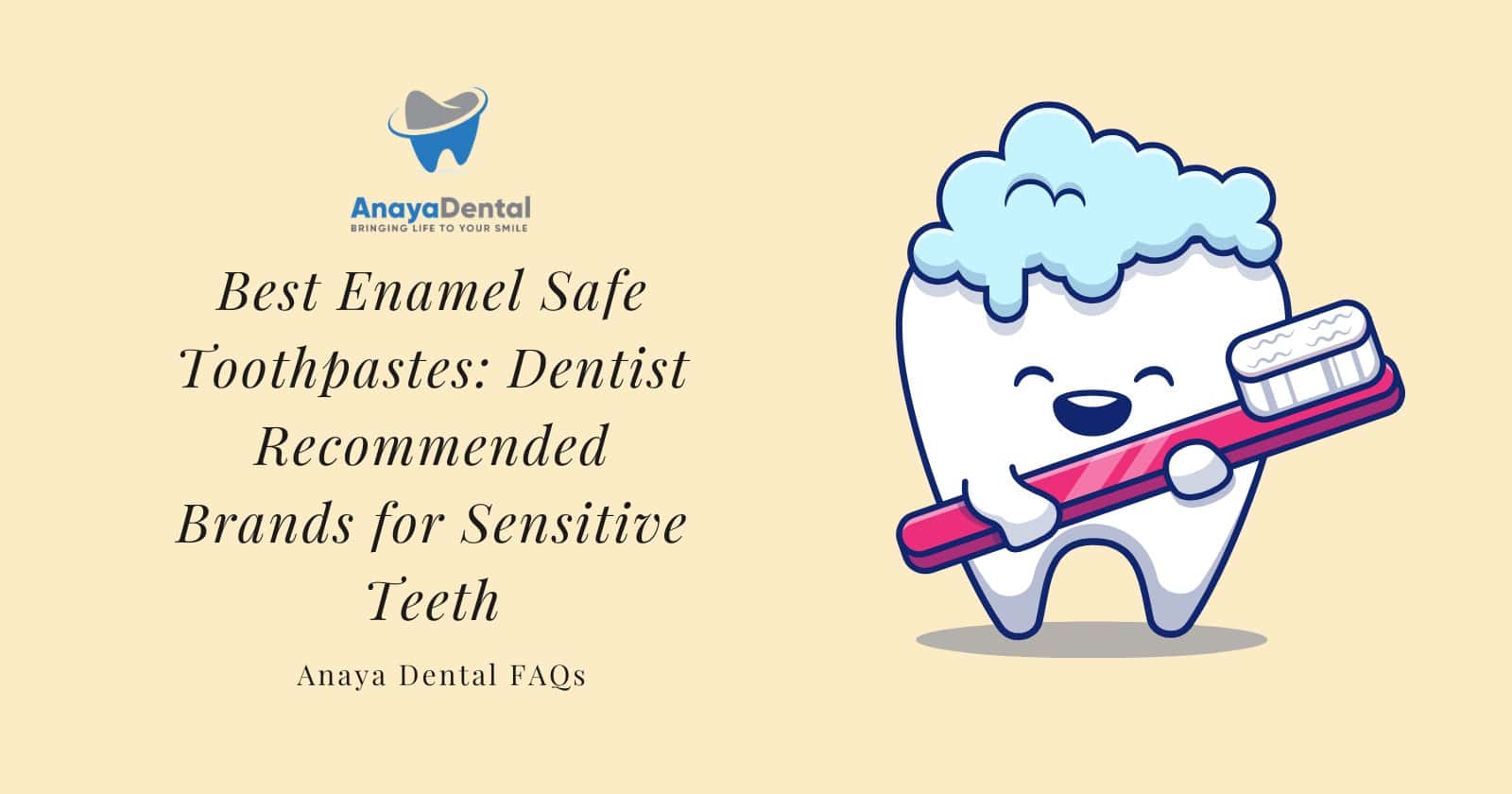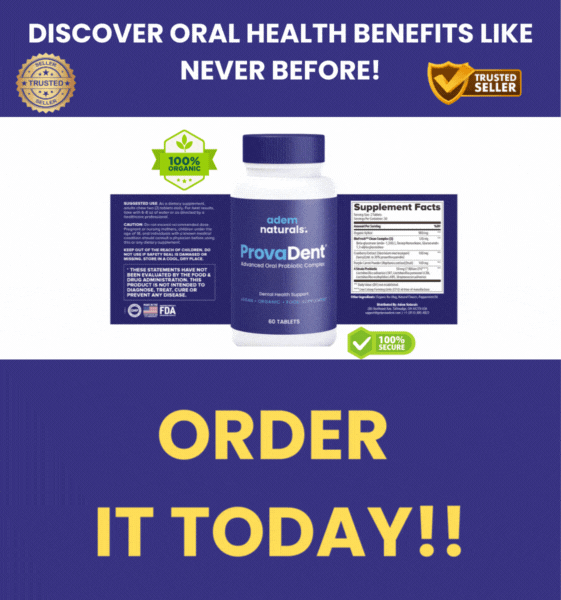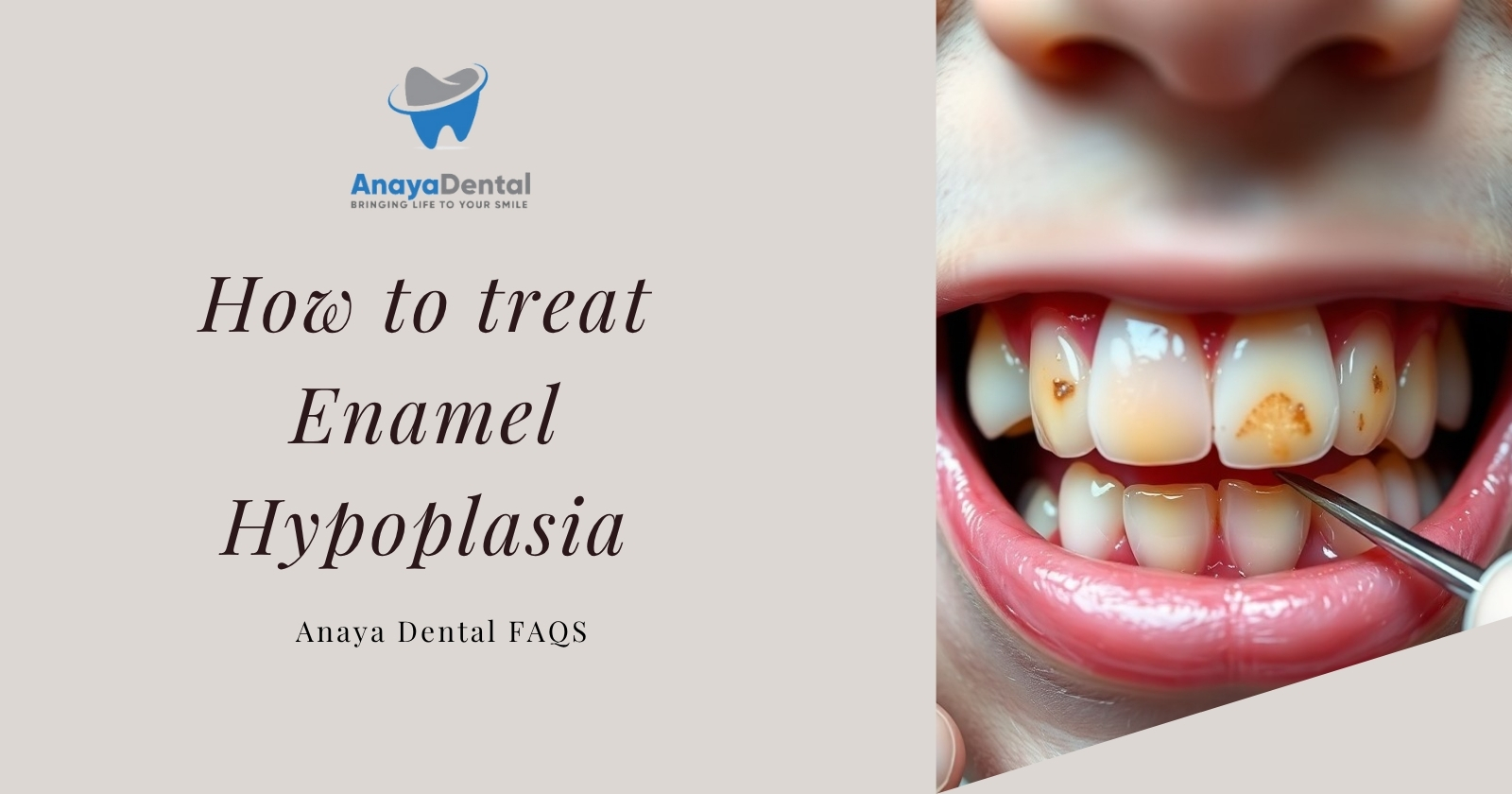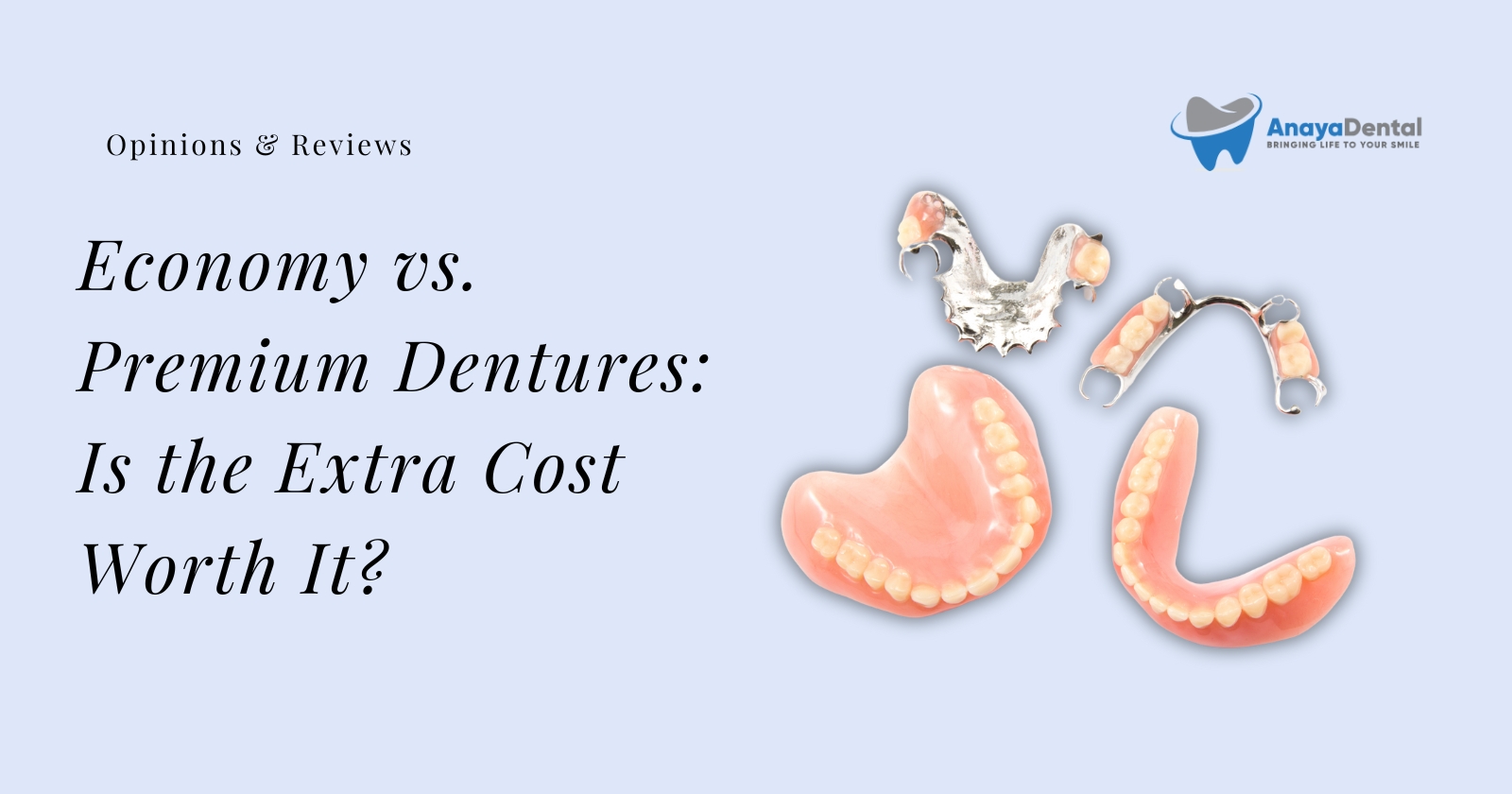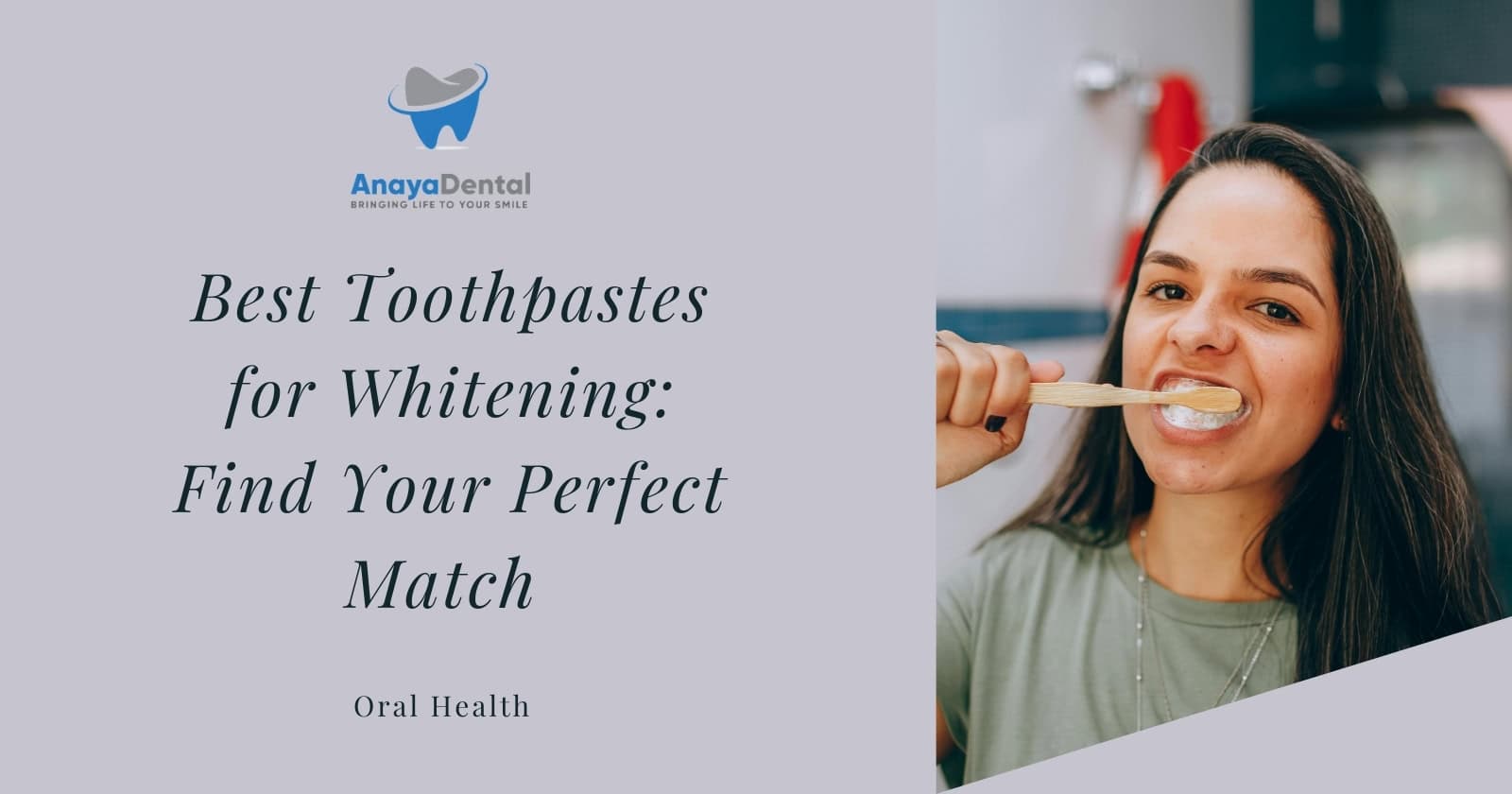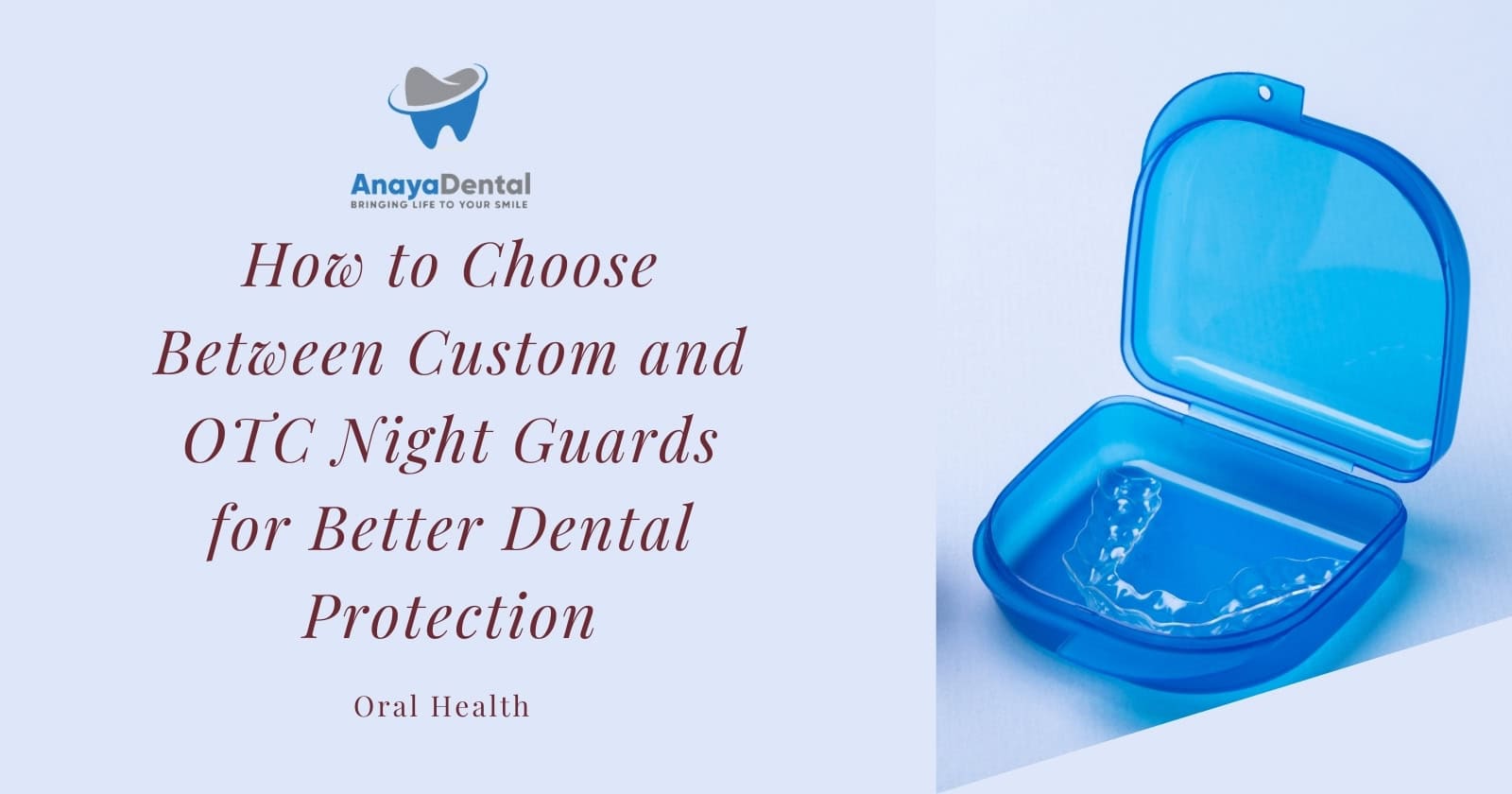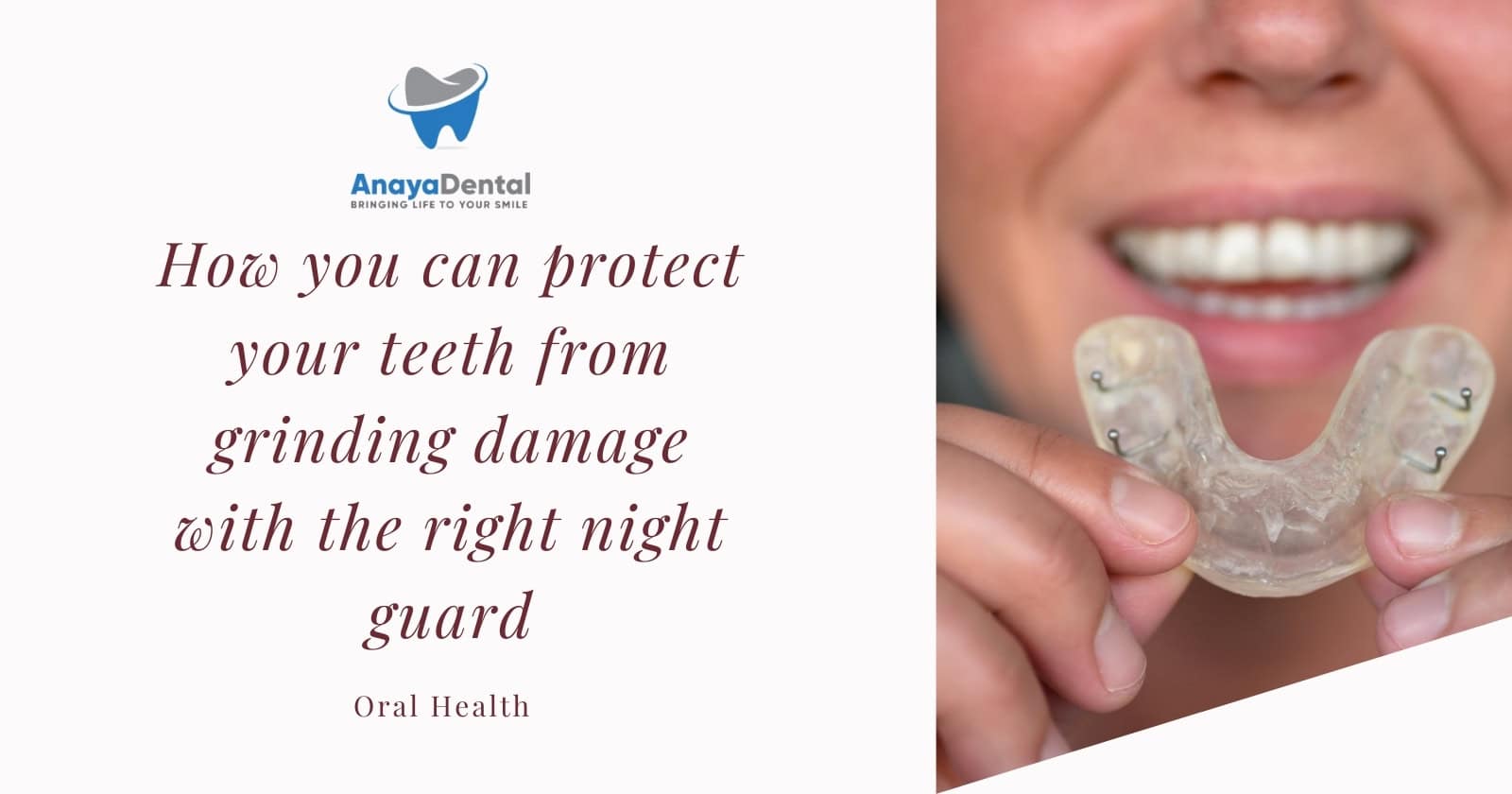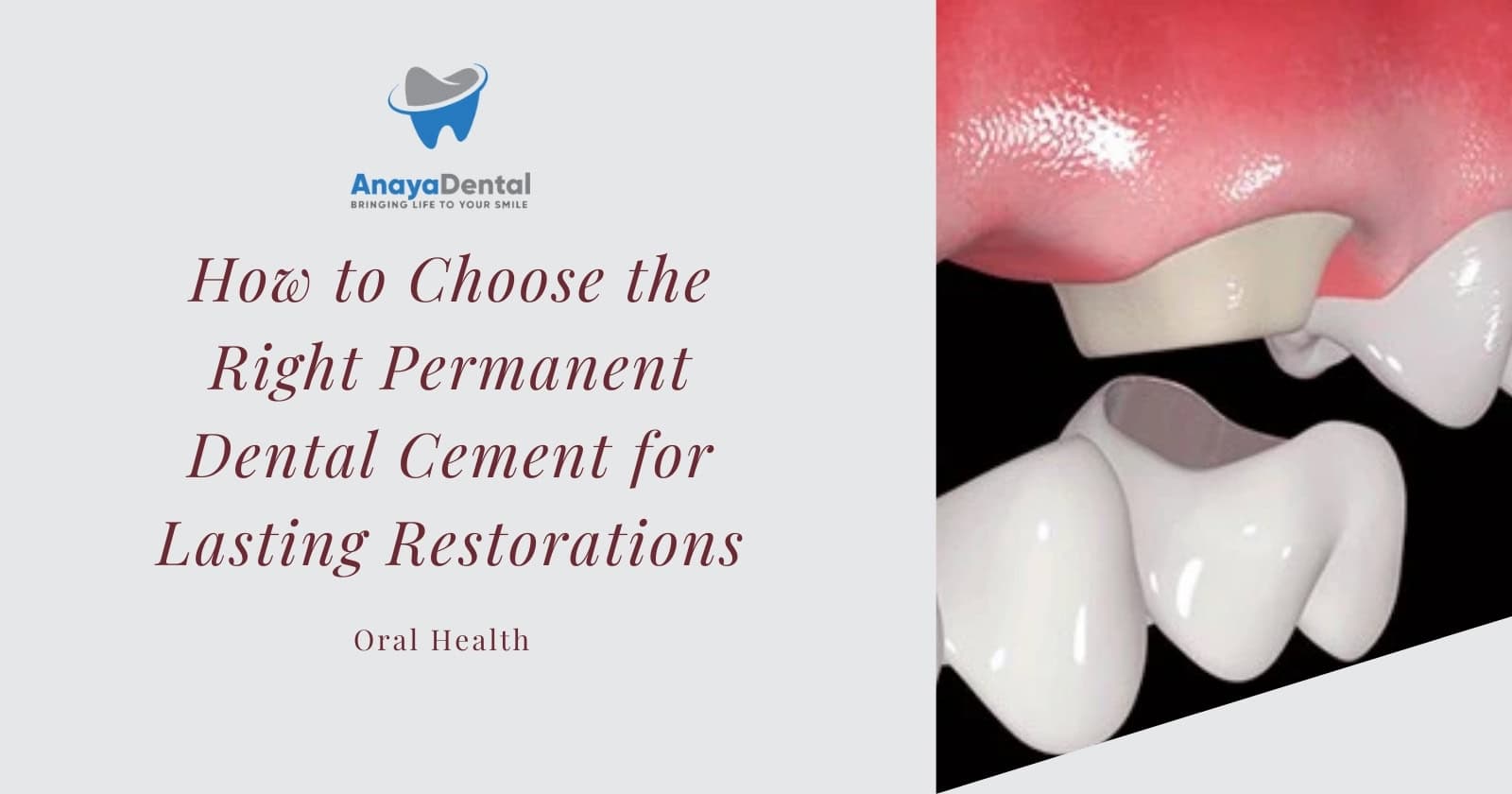When it comes to maintaining your healthy smile, choosing the right toothpaste is just as important as your brushing technique. If you have sensitive teeth or weakened enamel, the stakes are even higher – using the wrong product could actually worsen your dental issues rather than solve them.
Your tooth enamel, despite being the hardest substance in your body, is surprisingly vulnerable to damage. Once your enamel is lost, it cannot regenerate naturally, making its protection essential for your long-term oral health. This guide explores the most effective enamel-safe toothpastes that dentists recommend for your sensitive teeth in 2025.
Key Takeaways
- Enamel loss is permanent – once gone, it cannot naturally regenerate
- Low abrasivity toothpastes (RDA under 70) are essential for protecting vulnerable enamel
- Remineralizing ingredients like fluoride, hydroxyapatite, and calcium phosphate compounds can strengthen existing enamel
- Dual-action formulas that address both sensitivity and enamel protection offer the most comprehensive care
- Your brushing technique and timing are just as important as the toothpaste you choose
- Dietary choices significantly impact enamel health independent of your oral hygiene routine
Why Enamel Protection Matters to You
Dental enamel serves as your teeth’s first line of defense against decay and damage. This semi-translucent outer layer—the hardest substance in your body—protects your more sensitive inner tooth structures from bacteria, acids, and temperature extremes. Unlike other tissues in your body, enamel contains no living cells after tooth development is complete, which explains why it cannot self-repair once damaged.
Try Our Dental Calculators
Your enamel erosion occurs gradually through a process called demineralization, where acids from foods, beverages, and bacteria strip essential minerals like calcium and phosphate from your enamel structure. This damage is further accelerated by:
- Acidic diet: Regular consumption of citrus fruits, tomatoes, carbonated beverages, wine, and sports drinks
- Aggressive brushing: Using firm-bristled brushes or applying too much pressure
- High-abrasivity toothpastes: Products with RDA values above 70, especially whitening formulas
- Acid reflux or frequent vomiting: Stomach acids making regular contact with teeth
- Dry mouth conditions: Reduced saliva flow that normally helps neutralize acids and remineralize teeth
When your enamel wears down, it exposes the yellowish dentin layer underneath, leading to:
- Increased tooth sensitivity when you eat hot, cold, or sweet foods (dentinal hypersensitivity)
- Greater susceptibility to cavities and decay in your teeth as the protective barrier thins
- Cosmetic concerns as your teeth appear more yellow or develop visible transparency at the edges
- Increased risk of dental erosion, where the actual shape and structure of your teeth changes
- Greater vulnerability to mechanical wear from normal chewing and grinding
Understanding Toothpaste Abrasivity: The Key to Your Enamel Safety
Not all toothpastes are created equal when it comes to gentleness on your teeth. Toothpaste abrasiveness is measured using two important scientific scales:
- Relative Dentin Abrasivity (RDA): This standardized scale quantifies how much a toothpaste can potentially wear away tooth structure, with lower numbers indicating gentler formulations. For reference, water alone has an RDA of 4, and plain baking soda measures at approximately 7.
- Relative Enamel Abrasivity (REA): This less commonly reported but equally important measurement specifically evaluates a toothpaste’s effect on enamel rather than dentin. Surprisingly, a toothpaste’s RDA value doesn’t necessarily predict its REA value.
According to the American Dental Association (ADA), you should choose toothpastes with an RDA value of 70 or less for optimal daily use and enamel protection. The FDA has set 200 as the upper safety limit, but dental experts consider this far too abrasive for daily use, especially if you have sensitive teeth or enamel concerns.
Dentists typically categorize toothpastes into these abrasivity levels for your consideration:
- Very low: RDA below 20 (ideal for severely compromised enamel)
- Low: RDA 20-40 (excellent for sensitive teeth and enamel concerns)
- Moderate: RDA 40-60 (acceptable for most users without specific concerns)
- High: RDA 60-100 (use with caution if you have enamel issues)
- Very high: RDA above 100 (avoid if you have any enamel or sensitivity issues)
If you’re concerned about your enamel health, choosing toothpastes on the lower end of this scale is advisable for your daily routine. Be particularly wary of highly marketed whitening toothpastes, as these often achieve their effects through higher abrasivity that can accelerate enamel loss—creating a counterproductive cycle where teeth may appear whiter initially but eventually show more yellowing as enamel thins.
Top Enamel-Protecting Toothpastes for Your Sensitive Teeth in 2025
Sensodyne ProNamel
RDA Value: 34-37
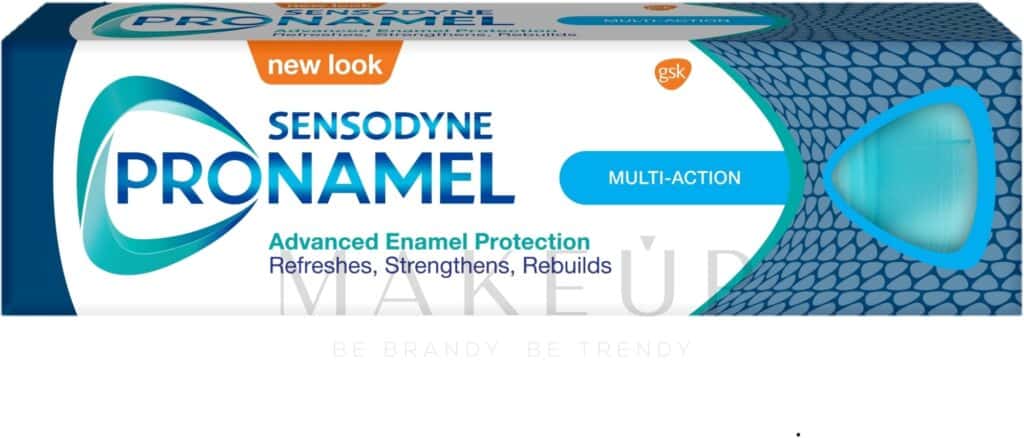
Consistently ranked among the most recommended enamel-safe options, Sensodyne ProNamel varieties are specifically designed to strengthen and reharden your weakened enamel while providing ongoing protection against acid erosion. This balanced approach removes surface stains while minimizing abrasion to your vulnerable enamel structures, making it a popular choice among dental professionals for patients like you with enamel erosion concerns.
Sensodyne ProNamel Gentle Whitening offers you a particularly good solution if you want whiter teeth without compromising your enamel integrity, using low-abrasion cleaning agents to remove surface stains while actively protecting your dental health.
Colgate Sensitive Pro-Relief Enamel Repair
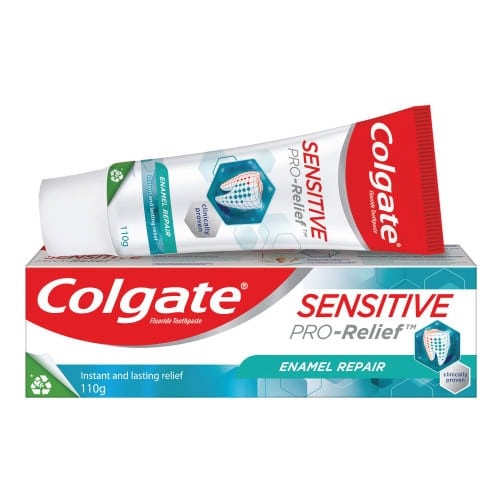
This advanced solution tackles both your enamel erosion and sensitivity simultaneously. Its proprietary Pro-Argin technology works by plugging the tubules in your exposed dentin that lead to sensitivity pain, providing you with both immediate and lasting relief.
Beyond addressing your sensitivity, the formula actively remineralizes your tooth enamel, making your teeth more resistant to acid attacks that contribute to erosion. This dual-action approach recognizes the frequent connection between your enamel loss and dental sensitivity.
Boka Refresh Mint
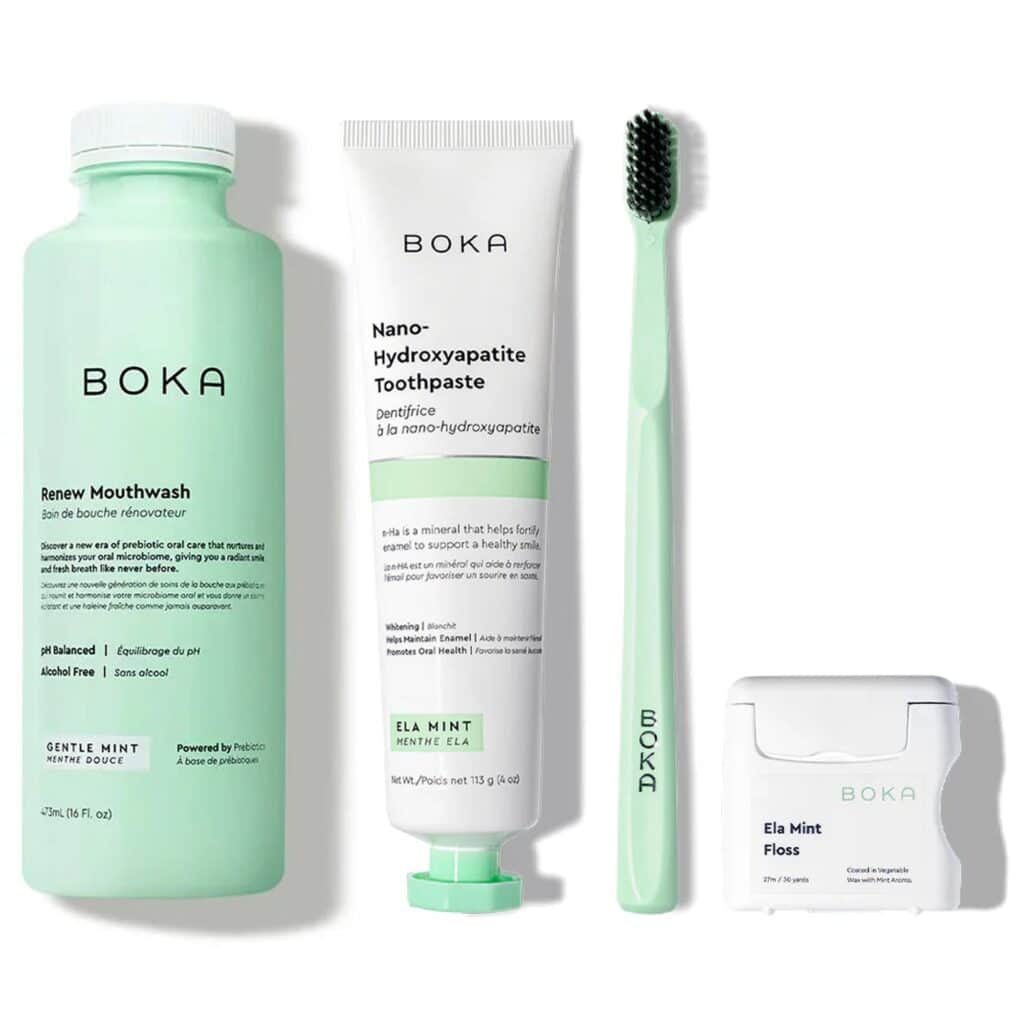
Named the top toothpaste for sensitive teeth by Expert Consumers in 2025, Boka features nano-hydroxyapatite (n-HA) as its primary active ingredient instead of traditional fluoride. This biomimetic mineral closely resembles the natural composition of your tooth enamel, allowing it to effectively remineralize your teeth and reduce your sensitivity.
The inclusion of soothing agents like aloe vera and xylitol further enhances its gentle yet effective performance on your sensitive teeth. Unlike some sensitivity toothpastes that focus solely on blocking your pain signals, Boka’s formulations address the structural causes of your sensitivity by actively remineralizing damaged areas and creating a protective barrier over your exposed dentin.
Colgate Enamel Health
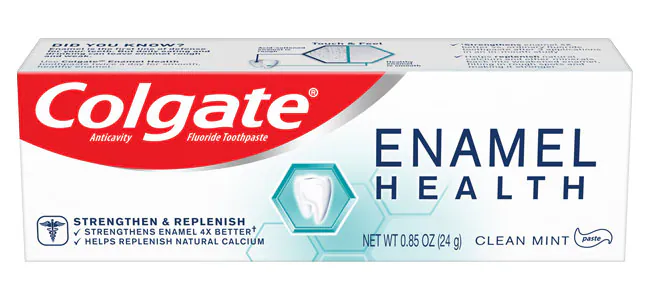
A leading option in the category of remineralizing toothpastes, Colgate Enamel Health’s unique active fluoride formula works to transform your enamel from rough and weakened to smooth and strong by replenishing natural calcium and phosphate into your compromised enamel.
Clinical testing shows it strengthens your enamel four times better than ordinary fluoride toothpaste after just three applications. The formula also gently polishes your teeth to create a smoother surface where bacteria are less likely to adhere.
Essential Oxygen Organic Low Abrasion Toothpaste
With an impressively low RDA level of 12 (just slightly more abrasive than brushing with plain water), this remarkably gentle formula provides effective cleaning while minimizing potential damage to your enamel surfaces. It’s an excellent choice if you already have compromised enamel. The organic formulation also appeals to you if you’re seeking natural oral care solutions without sacrificing enamel protection.
STIM Ri Namel Toothpaste
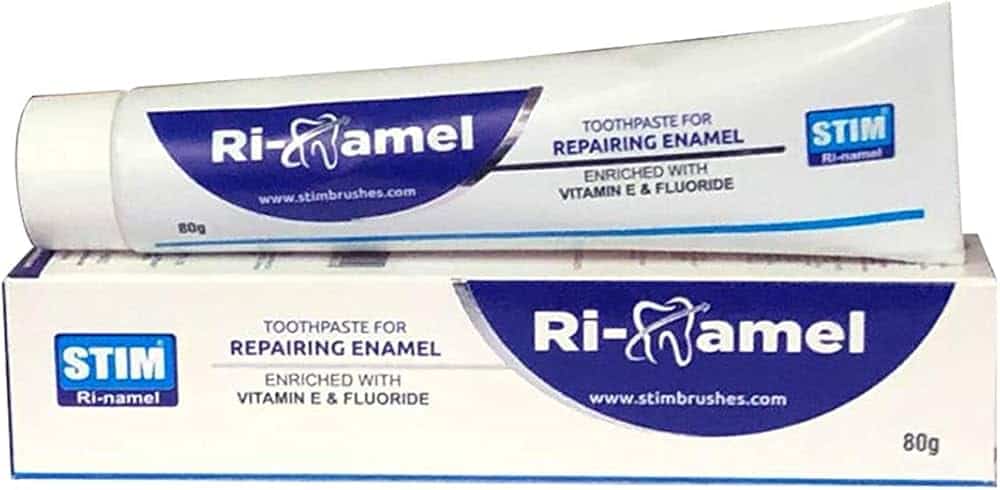
This innovative option combines multiple enamel-strengthening ingredients including hydroxyapatite, vitamin E, and fluoride. This comprehensive approach addresses your enamel protection from multiple angles: strengthening your existing enamel, promoting active remineralization of your weakened areas, and providing ongoing defense against cavity formation.
Dente91 Enamel Pro Toothpaste
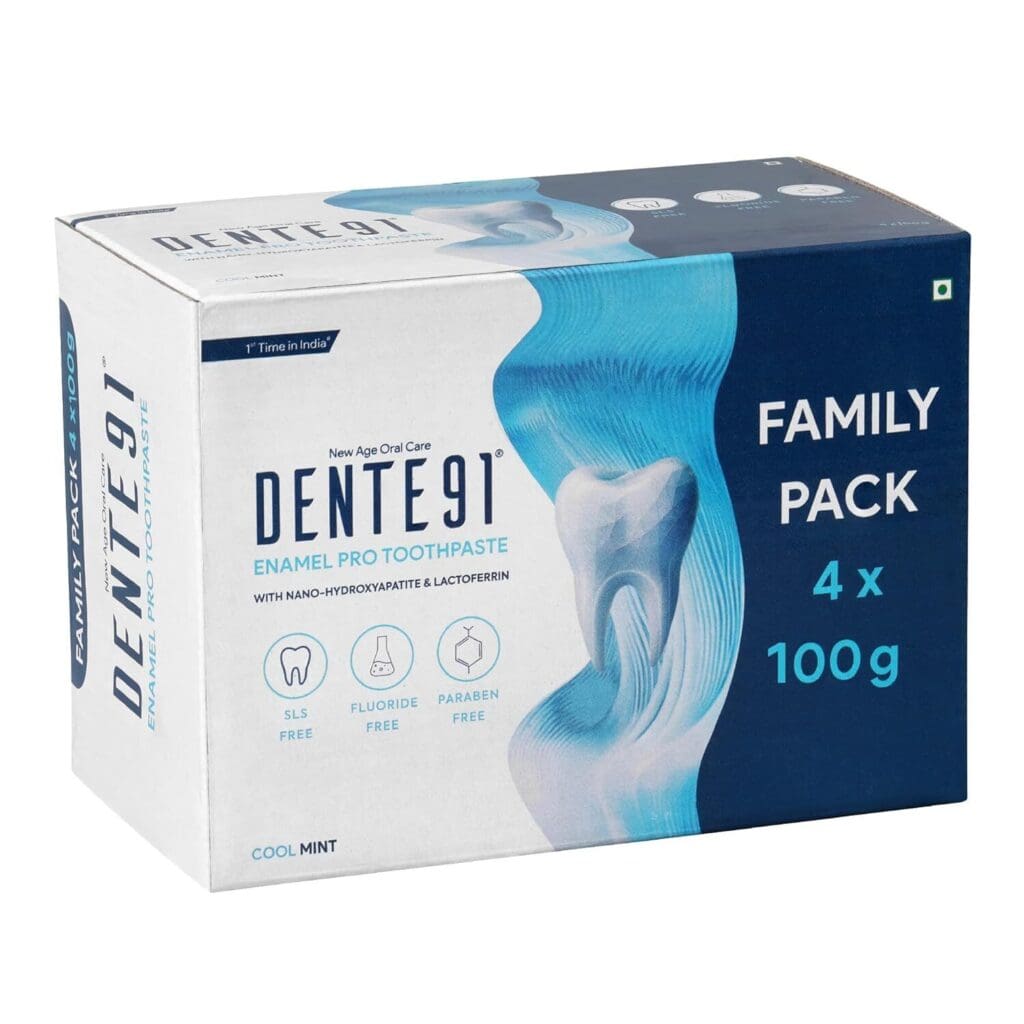
Offering a unique combination of nano-hydroxyapatite and lactoferrin, Dente91 Enamel Pro stands out from other enamel-focused products you might consider. While the nano-hydroxyapatite component works to remineralize your teeth and reduce your hypersensitivity, the addition of lactoferrin provides antibacterial, antiviral, anti-inflammatory, and antifungal properties for your comprehensive oral health.
Key Ingredients to Look For in Your Toothpaste
When selecting an enamel-safe toothpaste for your needs, pay attention to these beneficial ingredients:
- Fluoride (sodium fluoride, stannous fluoride, sodium monofluorophosphate): The most established and widely researched enamel-protecting ingredient, it incorporates itself into your enamel structure, creating fluorapatite which is more resistant to acid attacks than natural enamel. Fluoride actively promotes remineralization by attracting calcium and phosphate ions to areas of demineralized enamel. Look for concentrations between 1000-1500 ppm for optimal protection.
- Hydroxyapatite: Essentially “artificial enamel” as it shares the same basic mineral composition (Ca₁₀(PO₄)₆(OH)₂) as your natural tooth enamel. Especially effective in its nano-hydroxyapatite (n-HA) form, which can penetrate microscopic defects in your enamel structure. Research from UT Health San Antonio demonstrated that synthetic hydroxyapatite can outperform fluoride in some measures of sensitivity relief and enamel restoration.
- Calcium phosphate technologies:
- Amorphous Calcium Phosphate (ACP): Releases calcium and phosphate ions to rebuild your weakened enamel
- Calcium Sodium Phosphosilicate (NovaMin): Forms a protective layer over exposed dentin and helps rebuild enamel
- Casein Phosphopeptide-Amorphous Calcium Phosphate (CPP-ACP): A milk-derived protein that delivers calcium and phosphate precisely where needed
- Tricalcium Phosphate (TCP): Provides a stabilized calcium and phosphate delivery system
- Potassium nitrate (5%): Helps address your sensitivity issues by blocking the transmission of pain signals from your exposed dentin to the nerve. Effects are cumulative, with maximum benefits appearing after 2 weeks of consistent use.
- Xylitol (concentration of at least 10%): A natural sweetener that also helps prevent bacterial growth in your mouth by disrupting Streptococcus mutans metabolism and promotes remineralization of your teeth through increased salivary flow.
- Arginine: An amino acid that works with calcium to plug the microscopic tubules in exposed dentin, found in some advanced formulations like Colgate’s Pro-Argin technology.
- Strontium chloride or strontium acetate: Alternative desensitizing agents that work by blocking dentinal tubules to prevent fluid movement that triggers sensitivity.
- Lactoferrin: A protein with antibacterial, antiviral, anti-inflammatory, and antifungal properties that helps maintain a healthy oral microbiome while your enamel recovers.
- Low-abrasive polishing agents: Ingredients like hydrated silica (when finely processed) or calcium carbonate (in controlled amounts) that clean without excessive abrasion.
Beyond Toothpaste: Your Complete Enamel Protection Strategy
While choosing the right toothpaste is crucial, it’s just one part of your comprehensive enamel protection plan. The following evidence-based strategies can dramatically extend the life of your enamel:
Optimizing Your Brushing Routine
- Use proper brushing technique: Employ a soft-bristled toothbrush and gentle pressure (no more than 150 grams of force—about the weight of an orange) to prevent mechanical damage to your enamel. Hold your brush at a 45-degree angle to your gumline and use short, gentle strokes.
- Wait after acidic foods: Delay brushing for at least 30-60 minutes after you consume acidic foods or beverages when your enamel is temporarily softened. During this “acid attack,” your enamel pH drops below the critical threshold of 5.5, making it particularly vulnerable to abrasion.
- Consider electric toothbrushes with pressure sensors: These can alert you when you’re applying too much force, helping protect your enamel from mechanical wear.
- Brush for the right duration: The optimal brushing time is 2 minutes—long enough to clean effectively but not so long that you risk abrading your enamel through over-brushing.
Strategic Dietary Modifications
- Watch your acid exposure: Minimize your consumption of highly acidic foods and beverages including:
- Citrus fruits and juices (pH 2.0-4.0)
- Carbonated beverages (pH 2.5-3.5)
- Sports drinks (pH 2.7-4.0)
- Wine (pH 3.0-3.8)
- Coffee (pH 4.5-5.0)
- Tomatoes and tomato products (pH 4.3-4.9)
- Use straws strategically: When you drink acidic beverages, use a straw positioned toward the back of your mouth to minimize direct contact with your front teeth, where enamel erosion is most noticeable.
- Neutralize acids actively: After your exposure to acids, rinse with water or consume calcium-rich foods like cheese, milk, or sugar-free yogurt to help neutralize harmful effects on your teeth. These foods create a supersaturated environment of calcium and phosphate that promotes remineralization.
- Increase saliva production: Chew sugar-free gum containing xylitol after meals to stimulate saliva flow, which naturally buffers acids and delivers minerals to your teeth. Your saliva contains calcium, phosphate, and proteins that help repair microscopic damage to your enamel.
Professional Interventions
- Regular dental checkups: Professional care can identify early signs of your enamel erosion before they become visible and provide specialized treatments for your specific needs. Dentists can detect enamel loss in its earliest stages using techniques like transillumination and quantitative light-induced fluorescence.
- Consider professional remineralization treatments: Ask your dentist about in-office options like:
- High-concentration fluoride varnishes (22,600 ppm)
- Calcium phosphate pastes
- Amorphous calcium phosphate applications
- Silver diamine fluoride for high-risk areas
- Evaluate for nighttime grinding: If you show signs of bruxism (teeth grinding), your dentist may recommend a custom nightguard to prevent mechanical wear of your enamel during sleep.
- Address systemic conditions: Work with your healthcare provider to manage conditions that can accelerate enamel loss, including:
- Gastroesophageal reflux disease (GERD)
- Eating disorders involving vomiting
- Chronic dry mouth (xerostomia)
- Certain autoimmune conditions
Making the Right Choice for Your Specific Needs
When selecting an enamel-safe toothpaste, consider your specific oral health profile and risk factors. Different enamel concerns require tailored approaches:
For Severely Compromised Enamel
If you have already noticed visible signs of enamel loss such as transparency at the edges of teeth, yellowing that doesn’t respond to whitening, or cupping/indentations on tooth surfaces:
- Prioritize ultra-low abrasivity: Choose products with RDA values under 20, such as Essential Oxygen Organic Low Abrasion Toothpaste (RDA 12)
- Maximize remineralization: Look for formulations containing both fluoride and hydroxyapatite for synergistic effects
- Consider pH-balanced formulas: Select toothpastes with neutral or slightly alkaline pH (7.0-7.5) to avoid additional acid exposure
- Use in conjunction with desensitizing products: Alternate with a separate desensitizing toothpaste or use a desensitizing gel/mousse as a supplementary treatment
For Sensitivity with Moderate Enamel Wear
If you primarily experience pain when consuming hot, cold, sweet, or acidic foods but don’t yet have visible signs of severe enamel loss:
- Seek dual-action formulas: Products like Sensodyne ProNamel and Colgate Sensitive Pro-Relief Enamel Repair specifically target both conditions
- Look for tubule-occluding technologies: Ingredients like arginine-calcium carbonate, strontium salts, or nano-hydroxyapatite physically block the pathways to nerve endings
- Ensure potassium nitrate inclusion: This ingredient works neurologically to calm the nerve response in sensitive teeth, complementing the physical blocking of tubules
- Consider prescription-strength options: Ask your dentist about prescription toothpastes containing 5000 ppm fluoride for enhanced protection
For Those Balancing Esthetic Concerns with Enamel Protection
If you’re concerned about tooth discoloration but also want to protect your enamel integrity:
- Avoid highly abrasive whitening toothpastes: Remember that RDA values above 100 can accelerate enamel loss
- Consider gentle polishing alternatives: Look for toothpastes using enzymes or gentle chemical methods rather than abrasive particles
- Investigate peroxide-free options: Some gentle whitening toothpastes use optical brighteners or low concentrations of other whitening agents
- Implement a separating strategy: Use a very gentle, enamel-focused toothpaste for daily care and a separate whitening product (like strips or trays) occasionally
Remember that your pursuit of whiter teeth often leads you toward highly abrasive products that can damage your enamel – creating a counterproductive cycle where your aesthetic improvements come at the cost of your dental health. As your enamel thins, the yellowish dentin underneath becomes more visible, creating discoloration that no amount of whitening can address.
The Science of Effective Frequency
Research indicates that consistency in your oral care routine matters more than intensity. A 2023 clinical study published in the Journal of Clinical Dentistry found that twice-daily use of a moderate-concentration fluoride toothpaste (1100 ppm) delivered better enamel protection than once-daily use of a high-concentration product (5000 ppm).
Similarly, for sensitivity relief, regular application of desensitizing ingredients produces cumulative effects, with most patients experiencing significant improvement after 2 weeks of consistent use. This underscores the importance of finding a toothpaste gentle enough for twice-daily use without causing additional damage.
By choosing gentle, enamel-strengthening toothpastes and following a comprehensive protection strategy, you can maintain both the health and appearance of your teeth for years to come. Your enamel is irreplaceable – what you lose through erosion, abrasion, or chemical wear cannot be naturally regenerated. With thoughtful product selection and protective habits, you can preserve this vital dental tissue for a lifetime of comfortable, confident smiling.
